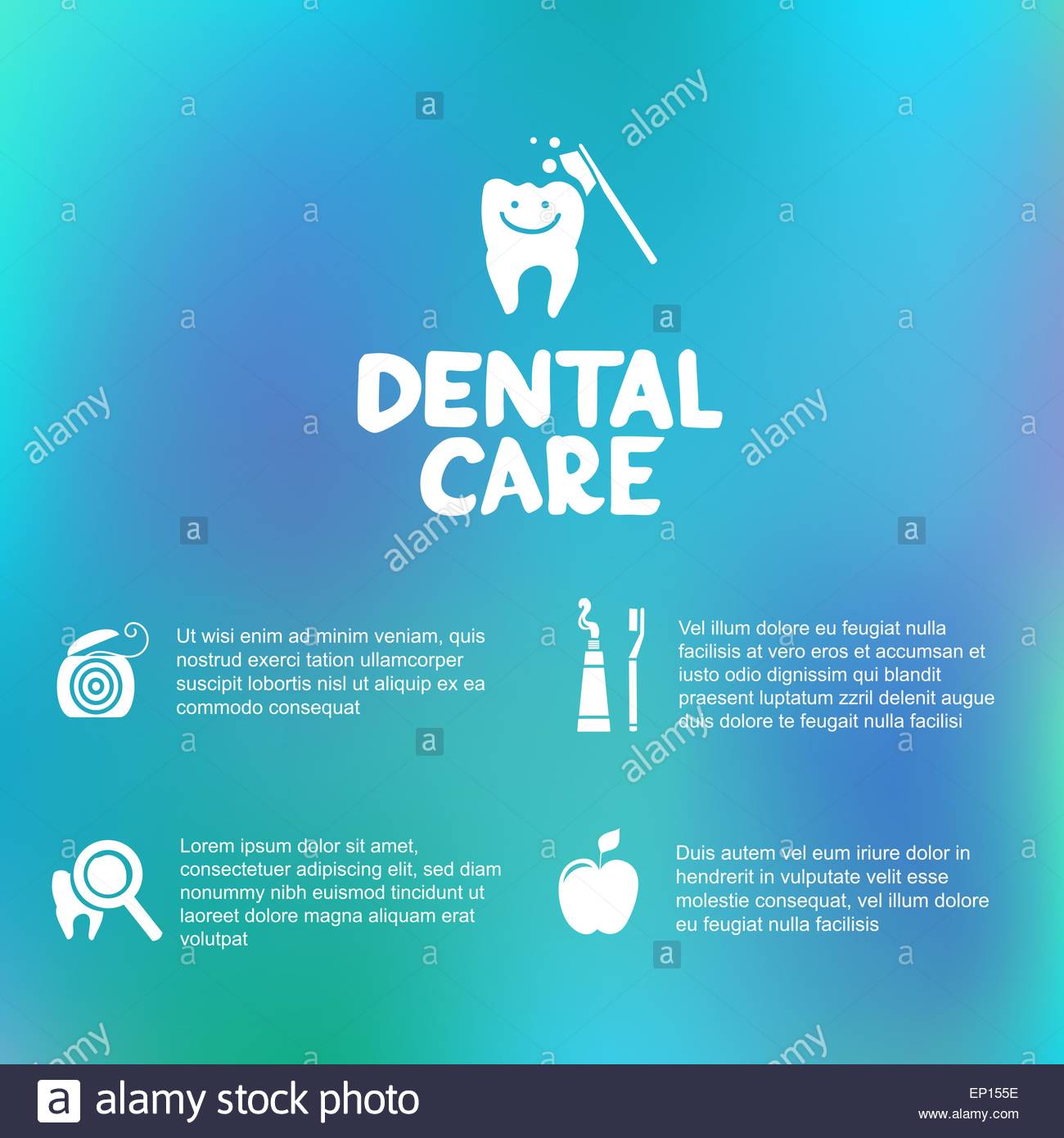A Thorough Evaluation Of Invisalign And Typical Dental Braces: A Comparison
A Thorough Evaluation Of Invisalign And Typical Dental Braces: A Comparison
Blog Article
Content Written By-Houston Maddox
When faced with the choice in between Invisalign and standard braces, you may ask yourself which alternative straightens much better with your way of life and preferences. The selection includes greater than just the aesthetic appeal; it explores aspects like therapy duration, comfort, and long-term dental wellness impacts. Consider the effect each choice may have on your everyday regimen and self-esteem. As we discover the thorough comparison, you'll gain understandings right into the nuances that make these orthodontic treatments unique and find which one might be the far better fit for you.
Materials and Building and construction
When contrasting Invisalign to conventional dental braces, the materials and construction differ considerably. Invisalign includes clear, smooth plastic aligners personalized to fit your teeth. These aligners are practically unnoticeable, making them a prominent selection for those looking for a much more discreet orthodontic therapy.
On the other hand, standard braces include metal brackets that are glued to your teeth. These braces are then connected by cords and rubber bands, using pressure to progressively move your teeth right into the wanted position.
The building of Invisalign aligners enables a more comfortable fit contrasted to traditional dental braces. The smooth plastic material minimizes irritation to your cheeks and periodontals, which is a common problem with metal braces and cords. Furthermore, Invisalign aligners are removable, making it less complicated to brush and floss your teeth with no blockages.
In contrast, typical dental braces are dealt with onto your teeth, needing extra care and time for proper maintenance.
Upkeep and Oral Hygiene
The upkeep and dental hygiene methods vary in between Invisalign and traditional braces because of their unique design and construction.
With Invisalign, you can remove the aligners when eating or brushing your teeth, permitting you to maintain your normal oral health routine without any obstructions. implante dental to brush your teeth after eating prior to placing the aligners back on avoid food fragments from getting trapped and creating degeneration.
On the other hand, typical dental braces call for added attention to maintain your teeth tidy. Food fragments can easily get embeded the braces and wires, bring about plaque buildup and possible dental cavity. You'll need to use special devices like interdental brushes or floss threaders to tidy between the cables and brackets properly.
Regular oral examinations and cleansings are vital to guarantee that your oral health is in leading problem while using conventional braces.
Presence and Visual appeal
Presence and appearances play a substantial role in the comparison in between Invisalign and conventional braces. When it concerns appearance, Invisalign supplies a clear benefit over conventional dental braces. Invisalign aligners are virtually undetectable, making them a preferred choice for those that like a much more very discreet orthodontic treatment option.
Unlike the recognizable metal braces and cables of conventional braces, Invisalign aligners are clear and assimilate with your natural teeth, allowing you to grin with confidence throughout your therapy.
Typical braces, on the other hand, are much more conspicuous because of their metal components. While some may choose colorful bands to individualize their dental braces, others might feel uncomfortable concerning the presence of these orthodontic devices. The prominent appearance of typical braces can sometimes affect an individual's self-confidence, specifically for adults in specialist setups.
dentist offices
To conclude, when picking in between Invisalign and traditional braces, consider your lifestyle and choices. Invisalign offers a very discreet and comfortable option with simple upkeep, while standard dental braces supply vibrant modification but may influence self-confidence.
Eventually, the decision must be based on what works best for you in terms of appearances, comfort, and convenience. Make sure to consult with your orthodontist to determine the most appropriate therapy for your specific demands.
